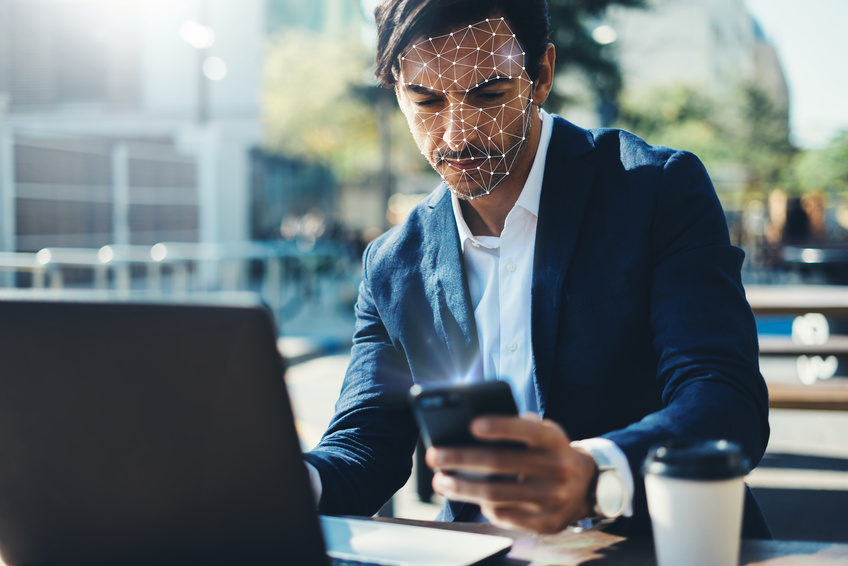Today’s workforce is increasingly mobile. Flexible working is no longer a trend––it’s status quo. Business professionals are increasingly working from home, on-site with clients, airport lounges, coworking spaces, and coffee shops.
However, the risks are often overlooked and hidden in plain sight. Personal and proprietary business information is often contained on laptops, tablets, and smartphones that are unsecured and open to a variety of threats.
- Laptops are stolen from cars, hotels, or unattended bags. To provide context, “The Ponemon Institute released a study that indicates over 600,000 laptops will be lost or stolen at U.S. airports every year, with 65-69% of them remaining unclaimed.”
- Smartphones or tablets can be compromised while these devices are utilized on unsecured networks.
How can you ensure your personal and business data remains secure while you’re on-the-go? While a 100% secure remote environment may not be attainable, there are precautions you can take to maintain security when you and your employees work remotely.
Is cybercrime a big problem for small businesses?
Just ask the thousands of businesses and organizations – even government agencies – that have suffered at the hands of both internal attacks and cybercriminals.
Loss of mission-critical data and confidential financial information can be a nightmare. Juniper research predicts that cybercrime will impact business to the tune of $2 trillion in 2019. So, how do you combat thieves that are working tirelessly to steal your business data or hold it for ransom?
Maintaining data security in the age of remote working
Keeping your company data secure while away from the office can be achieved in several ways and even more effectively through a combination of approaches:
1. Utilize a VPN service
A VPN service secures your web traffic from prying eyes while accessing public networks. This typically consists of cloud-based VPN software and often a “key” or “token” that is unique for each device accessing the VPN network. Any data passed through the internet using a VPN service is encrypted and secure.
2. Protect files with cloud storage
You and your employees may share data and files by uploading them to cloud storage servers. This is great for convenience and productivity but can become a significant security risk.
“Data stored in the cloud is nearly always stored in an encrypted form that would need to be cracked before an intruder could read the information.” However, “where the keys to that encryption are held varies among cloud storage services.” This means, “some services might have flaws in their security practices that leave users’ data vulnerable.”
Some cloud storage services are more secure than others. For example, some services offer zero-knowledge encryption, “which means they use a key known only to you to encrypt your data before sending it and store it on their servers in that state.” Make sure to choose user-friendly cloud storage services with the highest security standards.
3. Encrypt your devices
Encrypting files in the cloud is only part of the solution. In the event a device is lost or stolen, you need assurance the data is not compromised. “Just because you have antivirus software installed on your PC doesn’t mean a zero-day Trojan can’t steal your personal data. The best encryption software keeps you safe from malware (and the NSA),” according to PC Magazine writer Neil Rubenking.
4. Use antivirus and malware detection tools
Protect your laptop from known viruses and ransomware with antivirus software. Also, be certain reliable antivirus and malware detection software is installed on every mobile device. Antivirus software must be updated frequently, so allow for automatic updates to provide ongoing protection from cyberthreats.
5. Invest in laptops and mobile devices with facial recognition capabilities
Consider purchasing face recognition laptops and mobile devices. Windows 10 devices offer facial recognition features. Meanwhile, “Apple continues to expand its use of biometric authentication, bringing its flagship facial recognition system to its newest iPad and keeping Touch ID alive on the new MacBook Air,” according to Mobile ID World.
While face recognition has become trendy for mobile devices, experts “highly recommend carefully checking the details of your phone’s face recognition method before enabling it. It must be really secure and not fall for photos or masks, or leak your data, or process data insecurely.”
6. Educate your employees on cybersecurity best practices
No level of security will be effective if your employees are not properly informed of cybersecurity best practices. Every remote worker should be regularly reminded of your company’s security policies and procedures. For example:
- Use encrypted email services to safeguard business emails
- Never open un-recognized emails, and certainly never click on links contained in them.
- Always utilize a VPN or secure network environments when working remotely.
- Never leave devices such as laptops or tablets unattended in vehicles or public areas.
- Keep passwords private – never write them down or share them.
- Set up password requirements that generate strong passwords, including upper and lower-case letters, numbers, and special characters. Make sure they are changed regularly.
There is no substitute for a well-educated remote workforce that is also equipped with technology that protects personal, business and customer data from loss or theft.
Matt Shealy is the President of ChamberofCommerce.com. Chamber specializes in helping small businesses grow their business on the web while facilitating the connectivity between local businesses and more than 7,000 Chambers of Commerce worldwide.
© YFS Magazine. All Rights Reserved. Copying prohibited. All material is protected by U.S. and international copyright laws. Unauthorized reproduction or distribution of this material is prohibited. Sharing of this material under Attribution-NonCommercial-NoDerivatives 4.0 International terms, listed here, is permitted.




